The prospect of having the content strategy for your brand presented to you by your chosen agency is an exciting one. It should provide you with data, direction and a multitude of ideas. But, as a result, this means there is a lot to take in. Whether it is during the presentation or afterwards, you will, naturally, have questions.
Cue our brainwave for this blog post. We thought we would put together a piece that features the most common questions we are asked after we present a content strategy to one of our clients - and provide the kind of answers that you should expect from your agency.
1. How much content do I need?
Although this is a really great question, it is never an easy one to answer because there are a number of variables that need to be considered.
The first is how much content your audience needs on your site in order for it to be effective and assist them throughout the consumer journey. Not only can this depend on your target audience but also your niche. Experience has shown us that some industries require more content than others on-page.
Take the example below. Compare the Market’s business model is so consumer-centric that it relies on content, and the user’s engagement in its content, to ultimately push users down the purchase funnel.
It does this by guiding and educating the reader in the right products for them, while throughout the page and content, providing the user with various call to actions including ‘start a quote,’ links to other informational guides or ‘go to hub’ where all their on-page content for travel insurance is hosted.
This content heavy site is fantastic for the users. Many people, when looking for financial products, such as those that Compare the Market deal with, like to do their research and find the buying process, without this content, rather confusing.
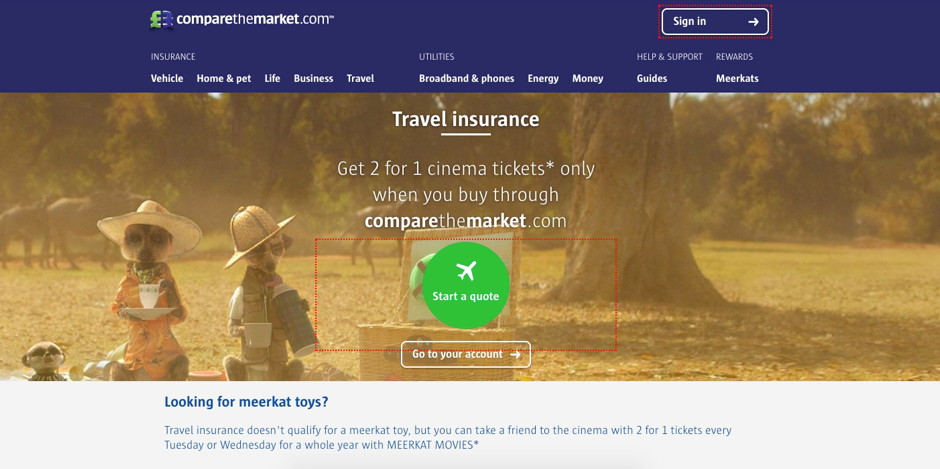
The screenshot above shows the landing page on Compare the Market for travel insurance.
As well as all this great landing page content and the hub linked to on the landing page, there is also a guide section on the Compare the Market site, split into products. There's a lot of content because their users need it.
On the flip side, let’s look at a fashion brand. Now, the typical user journey is entirely different when buying clothes than it is when buying financial products. We will use Topshop for this example.
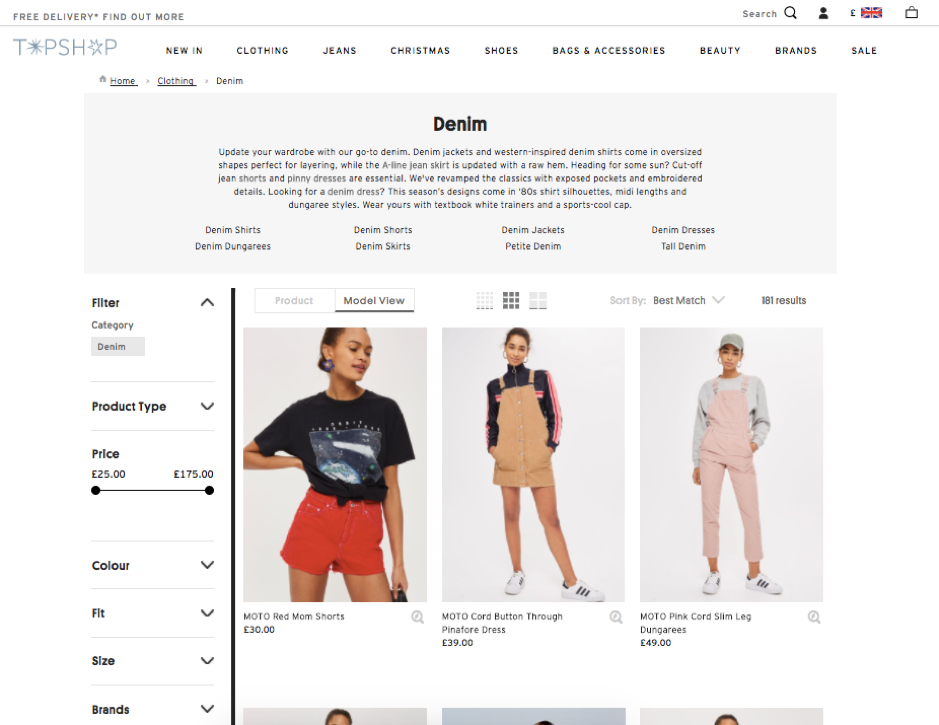
This is the landing page for the women’s denim category on topshop.com. This page is similar to the Compare the Market travel insurance landing page in the respect that it provides the user with all the information needed to be able to make an informed purchase decision in the quickest and easiest way for them. But the amount of content necessary to guide the user to that final goal is at two opposite ends of the scale.
If your agency has researched your industry and your audience they will be able to tell you how much content you should have on your site, especially for commercial pages. When it comes to what we here at Zazzle Media call hub content (i.e. that engaging, relationship building content that sits on your blog or news section) the general rule is the more the better. Google rewards content that is engaging, authoritative and trustworthy (E-A-T), as well as relevant content.
In the same breath, it is much better to be producing good quality content but less of it, than spamming your blog space with three short pieces of content each day that are irrelevant to your audience and neglect any SEO benefit such as keyword targeting.
When doing research into how much content you should have on your site, do a quick sweep of content and commercial competitors to see how much they are creating. Realistically, to be competitive with your content, you need to be creating the same amount (ideally a little more) than these brands/websites that you are competing with for traffic and conversions.
2. How will the content be measured?
There are a lot of ways that content can be measured but the answer you need to look for from your agency should be in line with the objectives and KPIs that you have set for them. This might be increased engagement, improvement in ranking positions for a specific set of keywords or to increase the authority of your website.
Due to the complex, ever-changing way that Google works, it may be that a combination of different content marketing techniques will be undertaken in order to reach your overall objective. So, do not be alarmed if the measurement and objective of different content pieces within your strategy differ. We would expect to see this.
For example, let’s say that your objective is to improve visibility of your site in SERPs - there a number of ways that this can be achieved using content marking. It may be that your agency has created a small campaign including the creation of an e-book, with the objective of acquiring high-quality, resource links.
This is supported by the creation of a number of supporting blog posts as supplementary content that target long-tail search opportunity and are therefore serving the purpose of driving organic traffic and improving engagement metrics on-page. So, here, the different pieces of content are being created with various objectives but they are both working towards the main contract objective - improving site visibility.
At this early stage of the relationship with your agency it is important to establish how and when you can expect performance updates and reports from them. Here at Zazzle Media we report for all our clients each month, with any additional performance tracking and conversations depending on budget.
It is very important to establish how you want results to be reported to you and ensure that from the onset you and your agency are on the same page when it comes to expectations in communications. It leads to a happier and longer partnership.
If you are keen to learn more about how to measure content yourselves, check out this post on the Zazzle Media blog.
3. How long before we see results?
Everything you read on content marketing and strategy will tell you that content marketing is not a quick fix. It takes time for Google to index new pages, target audiences to be reached and to engage with your content.
Even a content strategy that is prioritised by ‘quick wins’ – improving content on URLs that have the highest conversion rate, or creating content targeting search terms that generate the most incremental traffic – take time to drive results and it is important that there is an understanding of this from the start.
When a new client comes on board with Zazzle Media we create either a six or 12-month digital strategy in order to work towards their objectives. The length of the strategy can depend on factors such as budget, new websites and client preference. When setting objectives for these clients, we tend to set more aggressive projections for 12-month strategies than six months as it allows time for performance to be driven.
When working on a six-month content strategy there are things we can do to help hurry performance along. Where we are able, for example, we like to front weight content creation to get it live on our client’s website as soon as possible. The sooner the content is on the site the sooner you are likely to see results and know if your agency’s approach is working. Ask your agency is this a possibility for your partnership, especially if you are working within a tighter time frame.
As a method, content marketing isn’t a quick win, but is one that should promise consistently good results within a 12-month period, as long as effort and best practice is maintained.
4. Where should the content go?
The answer to this particular question, again, depends on objective and the types of content in question.
All on-page content should be hosted in a place on the site that is logical and easily accessible to users. Whether that be on the blog, in a separate resource or FAQ section or all of the above. A thorough content calendar should include this information and - whether it is at this stage or a later stage - a suggested URL too as well as any horizontal links to and from other content on the page.
For off-page content, it is likely that before the agency puts an idea to you they have thought about sites that might be interested in hosting. So ask them. It is unlikely that they will be able to guarantee placements at this stage – but they should be able to give you an idea of the types of sites they intend to approach if not the specific sites themselves.
At Zazzle Media, knowing where a client's target audience hang out online is something that is essential in understanding where we should be placing content as part of our strategy. Global Web Index data can shed light on where our target audience are online, and therefore the types of sites we should be targeting. Below is an example of where Zazzle Media’s target audience might be.

The data above shows us that Zazzle Media’s example target audience engage with content on vlogs, social media, the digital press, blogger sites and brand websites. This immediately gives us a direction as to where our content efforts should go and your agency should be able to give you similar insights.
5. Why do I need different content types?
Incorporating different content types into your content strategy is what we refer to as content flow – which you can read more about here.

Content flow helps maintain the engagement of users on your site and is most important for a brand’s on-page blog space and social media platforms.
When explaining this to our clients we use the example of a magazine to really encourage the understanding of content flow. If you envisage flicking through your favourite magazine, you'll see a number of different article types, usually starting with some shorter, bite-sized pieces followed by perhaps a four or five page feature including lots of text and imagery. Having this variation of content enables the reader to remain concentrated and engaged in the magazine. The same principle applies online - excellently put in our ebook from earlier this year, here.
In content ‘hubs’ such as social media pages or blog/news sections of your site, this is especially important. Content flow in terms of both content type and topic ensures your content platforms remain organic as opposed to spammy and is going to improve engagement on these platforms significantly.
6. Why doesn’t the content target the personas?
In theory, if your agency is presenting you with content ideas or titles that don’t target your personas, it should definitely be questioned. Despite the objective of the piece, if it is not relevant to your target audience then, arguably, it shouldn’t be created.
There are, as with most things, exceptions to this and mostly with off-page content. Personas only represent a cross section of your target audience and if there is a big HERO campaign that has the potential to go viral then although it might not specifically target the personas you have created, it should reach and resonate with them in some way or another.
Often with off-page content, one of its aims is to broaden reach and awareness for the brand in question which in turn goes further than an existing audience.
A great example of this was done by Fairmont Hotels on The Decline of Bees. This piece is not especially relevant to Fairmont’s target audience who, initiative would tell us, are luxury holiday makers, but rather appeals to a much wider audience. This piece performed well across the web, acquiring 71 backlinks and 29 referring domains, raising brand awareness for the Fairmont brand and reaching out to a much broader audience.
With on-page content, whether the specific pieces are rooted in search or being created with the objective of building links, it should be relevant and of interest to your target audience. On-page content should drive a relevant and qualified audience to your site, whether they are at the top or the bottom of the purchase funnel.
7. What keyword is this targeting?
When creating on-page content that targets keywords, what we are really doing is leveraging the search potential of that term as a promotion tactic for the content.
Any good agency will be able to provide you with an on-page content calendar for both hygiene and hub content that not only includes the primary keywords targeted, but secondary too. It may be, however, that there is a piece of content included in the calendar that isn’t born from search, but rather engagement for your target audience and therefore doesn’t target any particular keywords. This is fine, but there must be an alternative promotion tactic in place, whether that be paid social or acquiring links from sites that they are confident will earn your site referral traffic.

With off-page content, the SEO benefit comes from links and brand mentions, as opposed to targeting keywords. Therefore, you shouldn't be surprised if keywords are not provided to you for off-page content.
8. How do we target keywords in content?
Typically, there are a number of things we would ensure happens within a piece of on-page content to target the correct keywords in the right way. Our checklist is below:
- Include it in the H1
- Include it in H2/H3, as and when it fits naturally
- Include it once within the introduction paragraph as long as it is natural – which it should be if the title is a good one!
- Include the keyword in any image title names and also in the image alt text
- It is also a good idea to include it and/or variations of it occasionally through the rest of the blog post. Again, as long as it is natural to do so
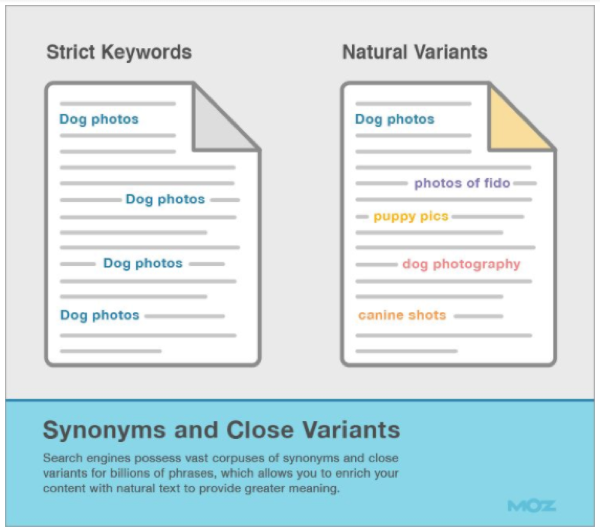
The key to success with this is including the keywords naturally. Old, black hat, keyword cramming is not the way forward and you will be penalised for it by Google. There is a fine line between optimised for search and too keyword dense for optimum search results.
With category content, similar rules to the above apply:
- Mention the key word in the H1
- Mention the key word once in the body text
Any more that than that and due to the typical short length of category content, the text will be over-optimised for the relevant search term and therefore be penalised by Google. Not only this, but text that crams keywords is poor for user experience as it tends to make little sense and is very repetitive.
If you are keen to read more about how to use keywords in your content, then download The Ultimate Guide To Blogging For Your Brand – Chapter Six should answer all of your questions!
9. Why are these listed as our competitors?
When compiling a content strategy, competitor analysis is essential. When presenting this to clients in the past we have been asked, ‘why have you chosen this competitor?’ or told ‘these brands aren’t our competitors.’
What is important to learn here is that there is a difference between commercial competitors and organic content competitors.
Although both are important when it comes to creating a successful content strategy, it is organic content competitors that we use to have a look at top performing content in the industry and what we need to do for our clients in terms of strategy to be competitive in terms of both search and audience.
It is commercial competitors, however, that we would use to establish the volume of content we need to create as mentioned in the first point of this post.
For more on this, and how to find out who your organic content competitors are, see a previous post I wrote here.
10. How should content look?
This is a great question. Content marketing isn’t just about the words on a page but the way that they are presented. Here we need to be thinking about user experience and engagement.
Long walls of text are not engaging for users, even if what the text is saying is relevant and interesting. There should be clear headers within the text, what we refer to as H1, H2 and so on, which, as mentioned before, are great keyword targeting tools too.
Wherever possible it is great to include lists, bullet points and charts within on-page content. You should always be looking for the clearest possible way to present what it is you are trying to say. This is also a great way to optimise your content for featured snippets or as Moz has previously coined it, ‘position 0’.
Including images within blog posts is also a great way of breaking up walls of text and the same goes for multimedia. Videos and gifs encourage the user to keep reading and engaging with the content as well as appealing to those of your target audience that engage best with varying types of content within the same piece.
Take a recent post on the Zazzle Media blog, for example:
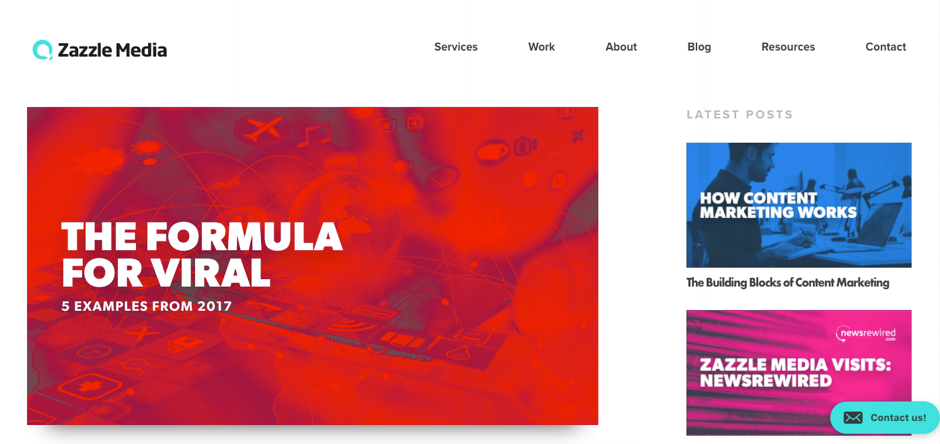
Within this piece not only are there H1s, H2s and H3s, there are also images and videos too. This breaks the 1,800 words of text up into digestible chunks for the reader and the H2s allow the reader to navigate their way through the post, pulling out the points that are most relevant or interesting to them.
Then imagine this piece without any of those elements:

It is an intimidating long wall of text that requires complete and utter concentration from the reader for the whole 10-15 minutes it would take them to get through it. Any distraction - as there often is for our audience as they read in the office, on their commute or in the busy family home - would make it difficult to find their place in the post and as a result they are more than likely going to give up on it, perhaps never to return again.
So, there we have it - 10 great questions to ask your agency about your content strategy!
Are there any obvious ones that we have missed? If so, why not get in touch via our Contact Us form? We would be interested to hear what questions you have around content strategy!
If your agency is anything like us here at Zazzle Media, they will appreciate your questions and thrive from a collaborative approach - so make sure you ask them!
Sign up for our monthly newsletter and follow us on social media for the latest news.
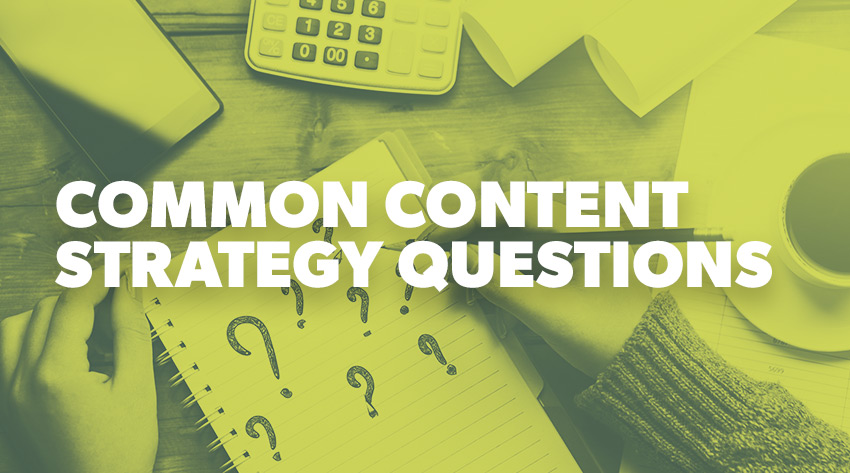




 Proudly part of IPG Mediabrands
Proudly part of IPG Mediabrands